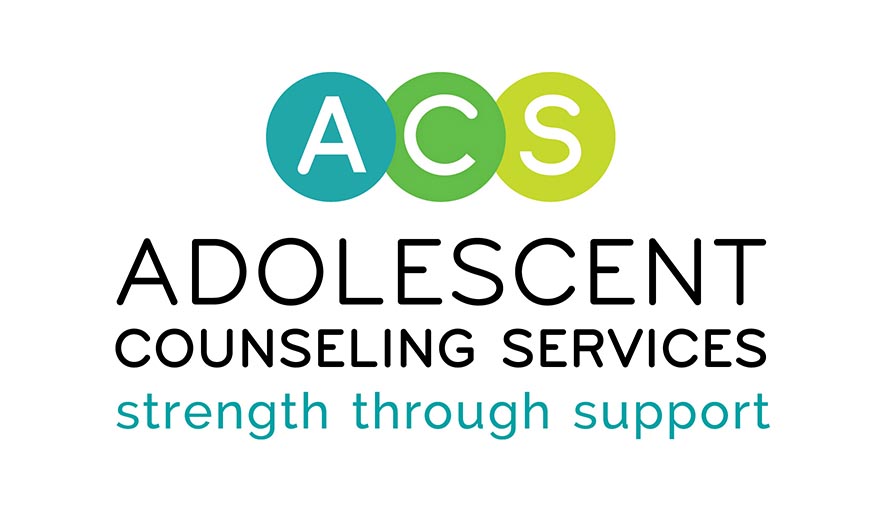
Reaching and Helping Teens Who Self-Injure (SI): Suggestions for the Family
 As a parent or guardian, understanding the behavior of a normal teenager has its challenges, so dealing with a teen who self-injures (SI) can be quite difficult and confusing. The way in which you respond to your child’s SI can make a difference. Here are some tips from See My Pain: Creative Strategies and Activities for Helping Young People Who Self-Injure by Susan Bowman, Ed.S, L.P.C. and Kaye Randall, LMSW.
As a parent or guardian, understanding the behavior of a normal teenager has its challenges, so dealing with a teen who self-injures (SI) can be quite difficult and confusing. The way in which you respond to your child’s SI can make a difference. Here are some tips from See My Pain: Creative Strategies and Activities for Helping Young People Who Self-Injure by Susan Bowman, Ed.S, L.P.C. and Kaye Randall, LMSW.
Do
- Accept your child though you do not accept his/her behavior
- Let your child know how much you live him/her, not only when he/she SI, but at other times as well.
- Understand that this is his/her way of coping with the intense pain that he/she feels inside.
- Encourage healthier methods of coping by allowing him/her to brainstorm other ways other than hurting him/herself.
- Listen! Keep communication open by talking about things that would interest him/her even if it doesn’t interest you.
- Ask open questions (what or how) to encourage him/her to open up. Allow conversations to revolve around what he/she wants to talk about no matter how silly or crazy it may seem to you.
- Allow him/her to share what they’re feeling deep inside either with words (journaling) or in art (drawing painting, creating) or any other way he/she can communicate their feelings.
- Make your home a “Safe Place” by removing anything that could be used as a tool for SI.
- Have fun together! Try to do some fund things together (let him/her choose a fun activity that is interactive, not just going to the movies). Although he/she may complain at first, your child really does want to spend time with you.
- Discover what his/her personal strengths are and encourage him/her to use those strengths during difficult times.
- Help your child to get involved in some area of interest, after-school activity, a good cause, or other good-will effort.
- Encourage some kind of outreach in the community, e.g., volunteering at a local animal shelter or wildlife sanctuary, helping an older person at a nursing home, tutoring a young child after school, or mentoring a troubled younger child.
Don’t
- Say or do anything to cause guilt or shame (e.g., “Why would you do such a thing?”, “How could you?”).
- Act shocked or appalled by his/her behavior.
- Talk about his/her SI in front of friends or with other relatives.
- Try to teach them what you think they should do.
- Use punishment or negative consequences when he/she SI (The reason he/she feels the need to SI is because he/she is hurting emotionally about someone or something).
- Overprotect by monitoring every move he/she makes, but do notice what’s going on.
- Deny that your child is self-injuring as a way of coping.
- Keep your child from seeing friends, but monitor who he/she does see.
- Blame yourself for your child’s behavior.
- Conduct room searches. They produce resentment (Walsh).
- Minimize SI by saying “you’re just doing it for attention” or “it’s just a fad” (Walsh).
By Susan Bowman, Ed.S, L.P.C. & Kaye Randall, LMSW
From See My Pain: Creative Strategies and Activities for Helping Young People Who Self-Injure
©YouthLight, Inc., www.youthlightbooks.com
